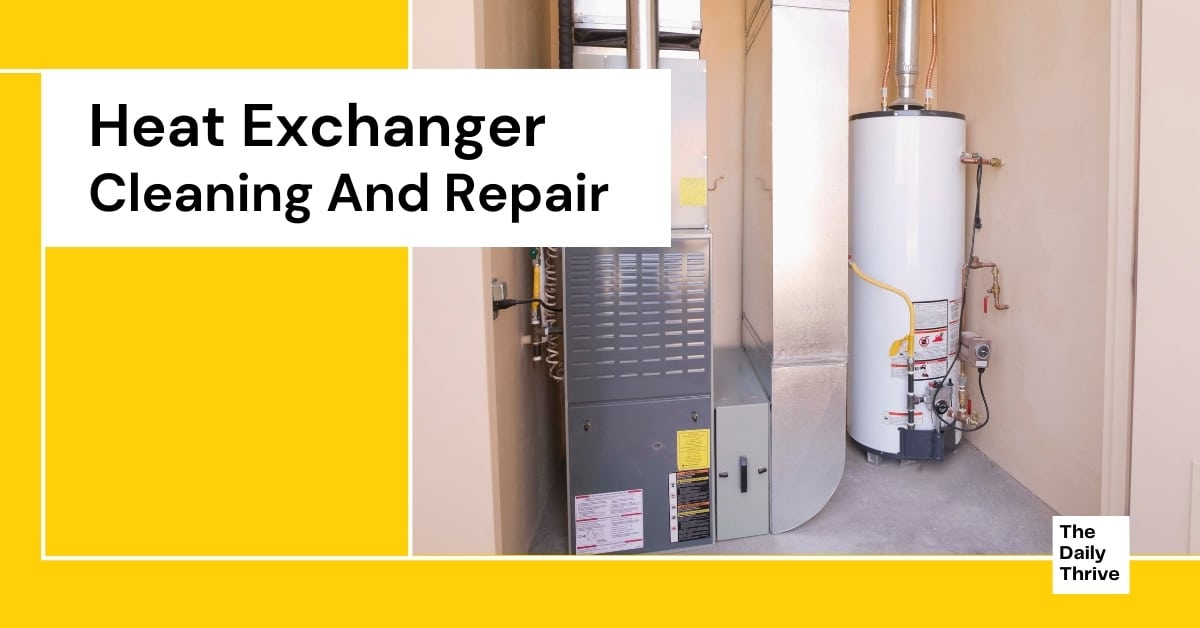Heat exchanger cleaning should be conducted periodically as fouling can build up in a heat exchanger when the flow changes its temperature and velocity. Minute solids in the fluids can accumulate over time in heat exchangers, especially in locations where the flow velocity is low.
Sediment and fouling increase thermal resistance across the tube wall and reduces the heat transfer capacity of the heat exchanger. Furthermore, the solid deposited on the tube wall will also increase the rate of corrosion. Therefore periodically, heat exchanger cleaning should be scheduled and carried out seriously.
For the two fluids in a shell and tube heat exchanger, it is a common practice to put the cleaner fluid on the shall side and the dirtier fluid on the tube side because tubes cleaning the inside of the tube is easier.
However, because there are many tubes (hundreds of tubes in a feedwater heater and thousands of tubes in a nuclear plant condenser), cleaning and testing can be time-consuming, and consistency is important.
These two images show how Conco Systems clean a condenser and the systems used for tube cleaning. In a similar fashion, tube eddy current testing is done with a sensor head into the tubes.
Eddy Current testing is based on measuring the impedance of a coil or inducing electrical currents (Eddy Currents) in a conductive material.
Any changes in the coil’s impedance due to geometry, material changes, or discontinuities- such as pitting, erosion, corrosion, baffle fretting, cracking, and/or other anomalies will disrupt the flow of Eddy Current and produce a representative signal on the eddy current testing instrument.
Plate and frame heat exchangers have been relatively new or widely used in recent years. The main fallacy of plate heat exchangers is fouling.
Flushing may get rid of some loose fouling, but total disassembling is needed to clean the plates. New gaskets are most likely needed for reassembling. On the other hand, the plates are all standard and interchangeable.
Heat Exchanger Repair
Heat exchanger repair, especially the shell and tube heat exchanger repair, can be easily done by tube-plugging, re-tubing, and partial replacement of channels and heads. Because heat exchangers do not have moving parts without vibration and corrosion, a heat exchanger may last many years.
Even when something goes wrong, a faulty heat exchanger may still be more economical to be repaired or partially replaced than to total replacement. Many heat exchangers in nuclear power plants are close to the plant’s original designed operation time but still found in very good conditions.
Heat exchanger cleaning is needed periodically, and partial replacement can be well planned with fewer emergency rushes.
For shell and tube heat exchangers, the most vulnerable parts are the tubes and welds in the shell. Most heat exchangers are designed to have excess capacities of 10% or more. If a small percentage of tubes are found leaking, they could be plugged and kept in the heat exchanger in operation.
The inserted images show EST Group’s Pop-A-Plug(R). Since a simple tapered plug may come loose or over-forced to damage the tubesheet easily, Pop-A-Plug actually pulls the plug from inside a tube, and the thread neck breaks at a preset pulling force that is just about right at the specified sealing pressure.
Plate and frame heat exchangers have been relatively new or widely used in recent years. Totally disassembling is needed to fix a plate or a gasket. New gaskets are most likely needed for reassembling. On the other hand, the plates are all standard and interchangeable. When you order a plate heat exchanger, it is a good idea to get extra plates or make sure there would be plates when you need them.






